Spice Up Your Life: A Global Journey Through Indian Food Spice
Table of Contents
Introduction to Indian Food Spice
Indian food spice is more than just a flavor enhancer—it’s the heart and soul of Indian cuisine. From the fiery heat of chili to the warm, earthy notes of cumin, each spice tells a story of tradition, culture, and taste. Whether you're an amateur enthusiast or a seasoned professional, exploring the world of Indian food spice can open up a whole new dimension of cooking.
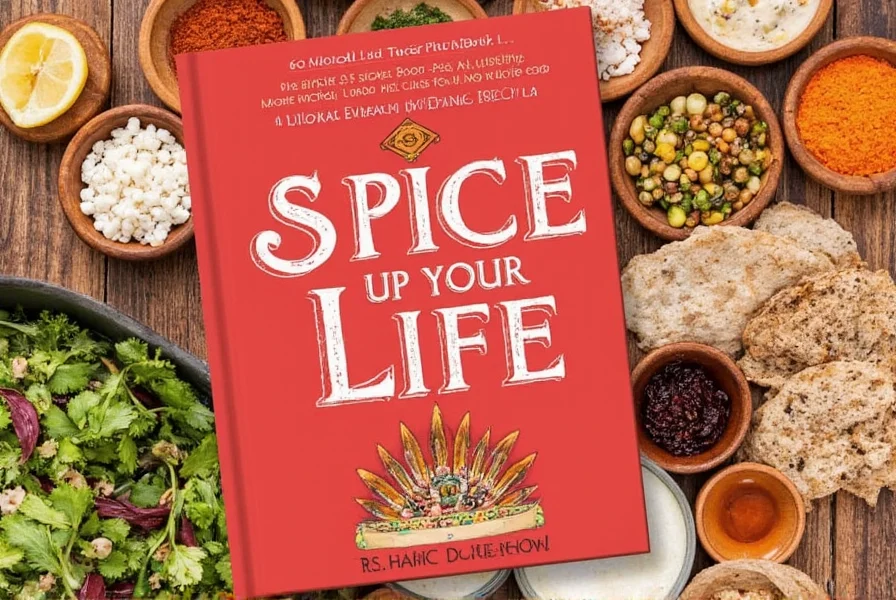
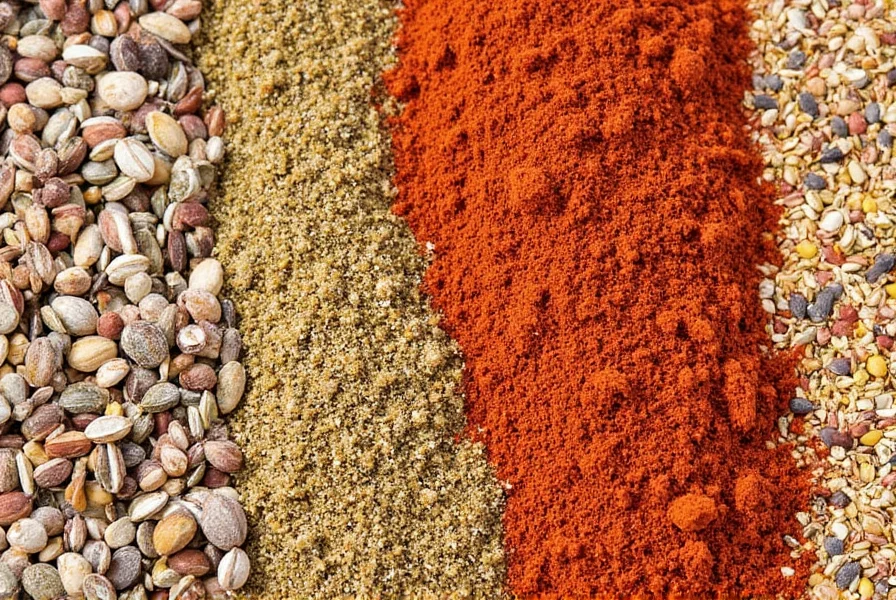
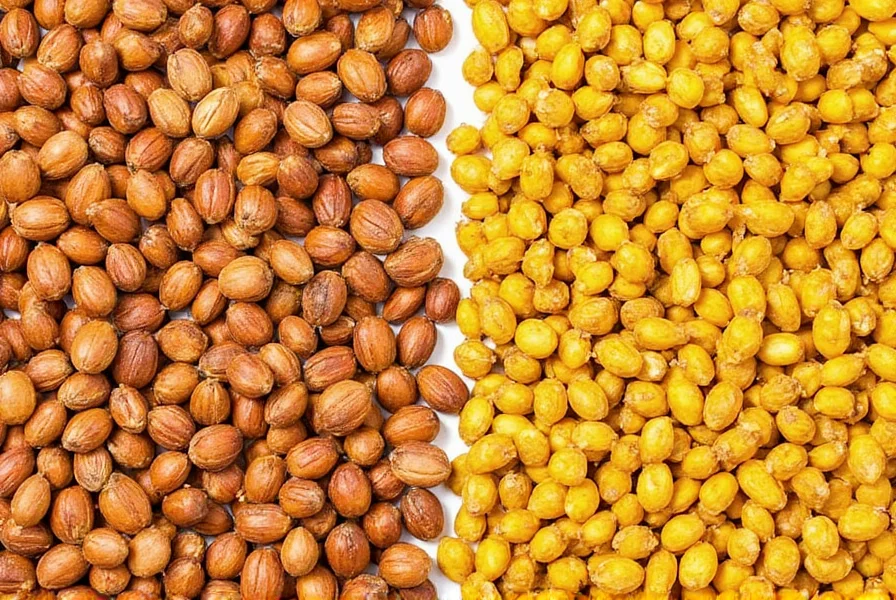
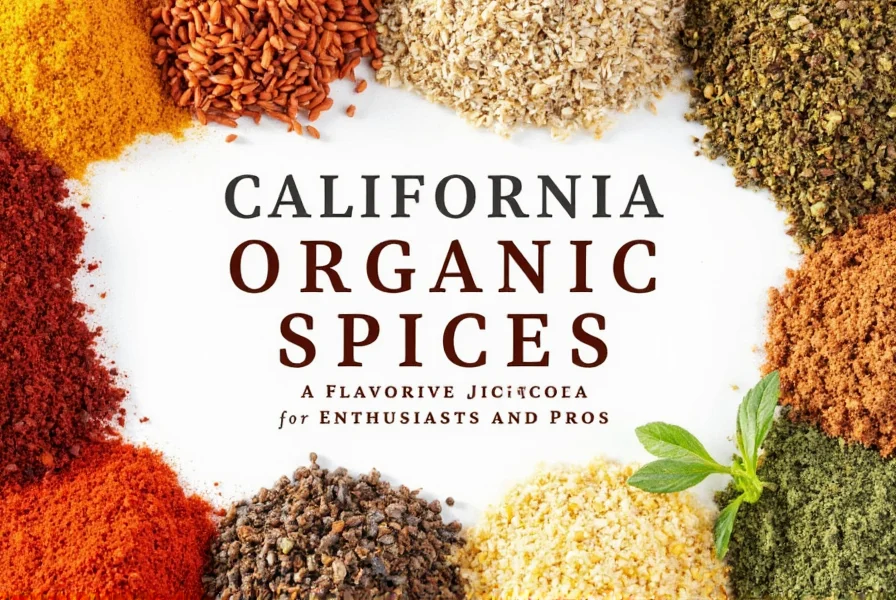
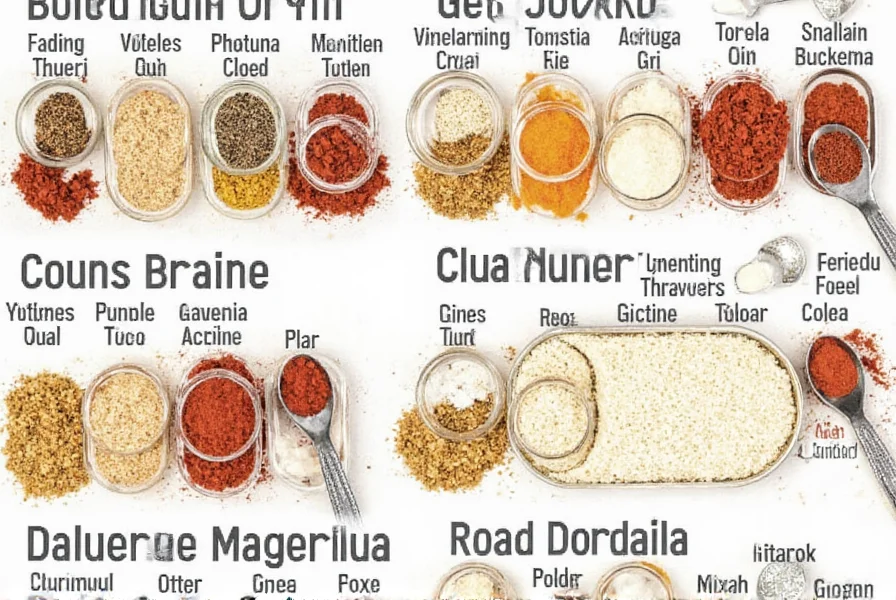
The Basics of Indian Food Spice
Before diving into the specifics, it's important to understand how Indian food spice works. Unlike Western cuisines that often rely on herbs like basil or thyme, Indian cooking uses a complex blend of spices that are ground and combined in specific ratios to create depth and balance.
One key concept in Indian food spice is the idea of tempering—a technique where whole spices are fried in oil to release their aroma before being added to a dish. This method helps bring out the full flavor potential of each spice.
How to Store Indian Food Spice
- Keep them in airtight containers to prevent moisture and light from degrading the quality.
- Store in a cool, dark place—like a pantry or cupboard.
- Use within 6 months for the best flavor, as spices lose potency over time.
Popular Spices in Indian Cuisine
There are dozens of spices used in Indian cooking, but some are more commonly found in everyday dishes. Here’s a quick list of the most popular ones:
| Spice | Flavor Profile | Common Uses |
|---|---|---|
| Cumin | Earthy, nutty | Used in curries, dals, and rice dishes |
| Turmeric | Eartly, slightly bitter | Adds color and flavor to curries and rice |
| Garam Masala | Warm, aromatic | Used as a finishing spice in many dishes |
| Coriander | Lemony, citrusy | Found in chutneys, curries, and marinades |
| Mustard Seeds | Nutty, pungent | Used in tempering and pickles |
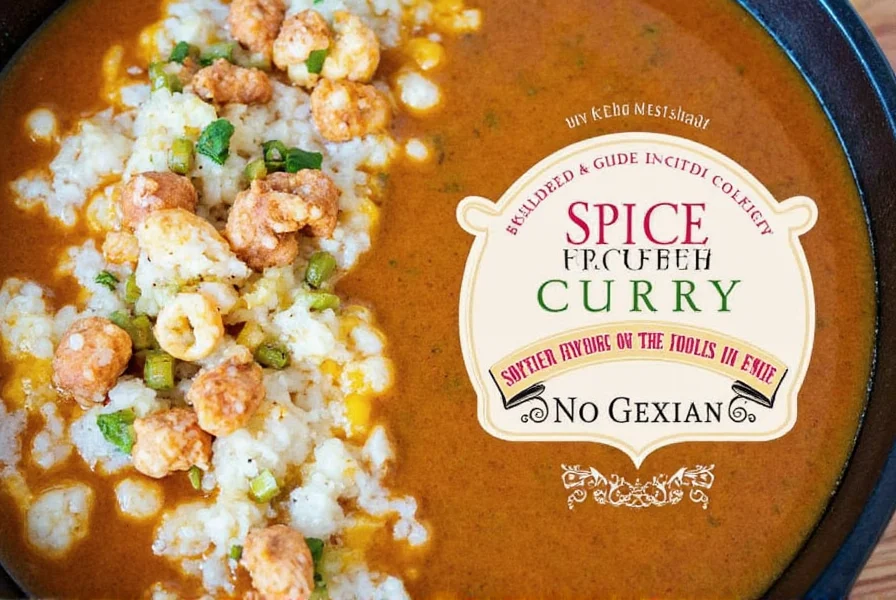
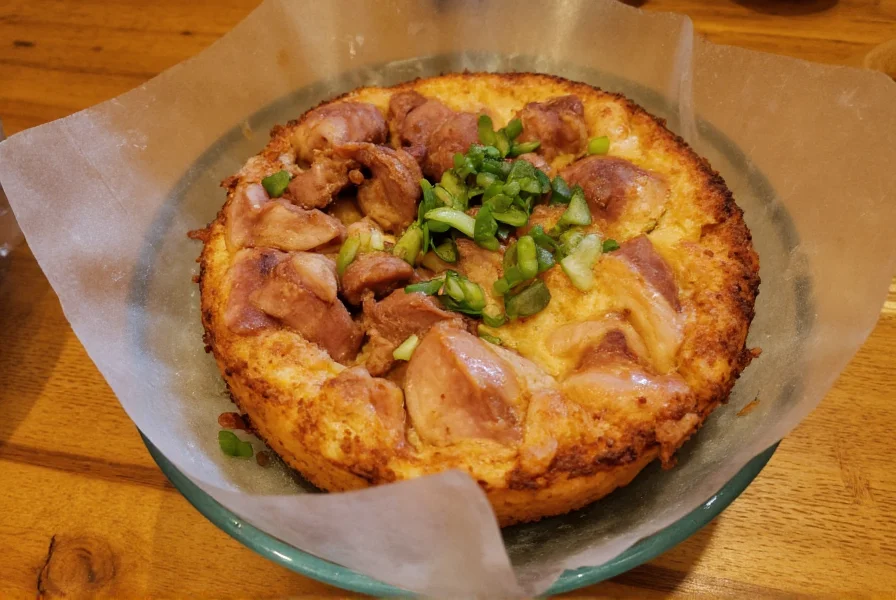
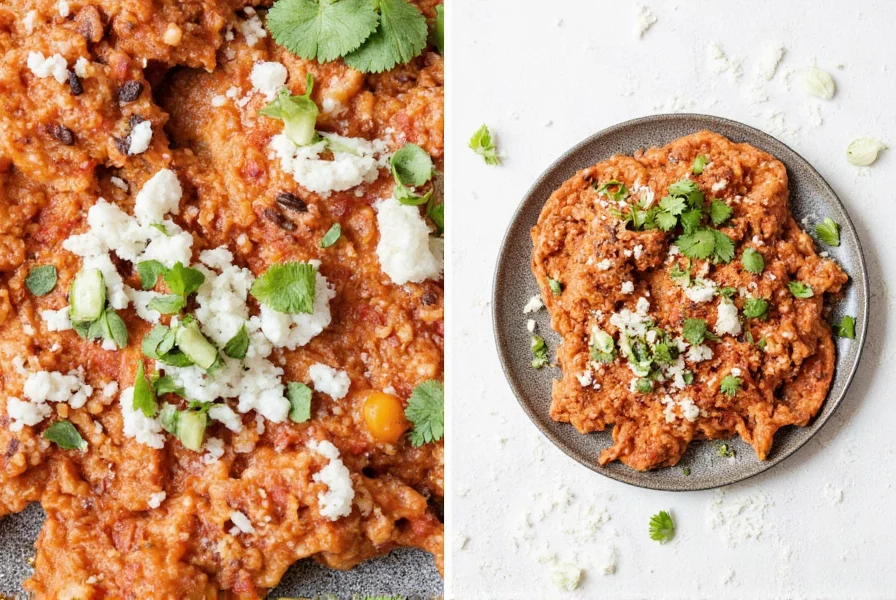
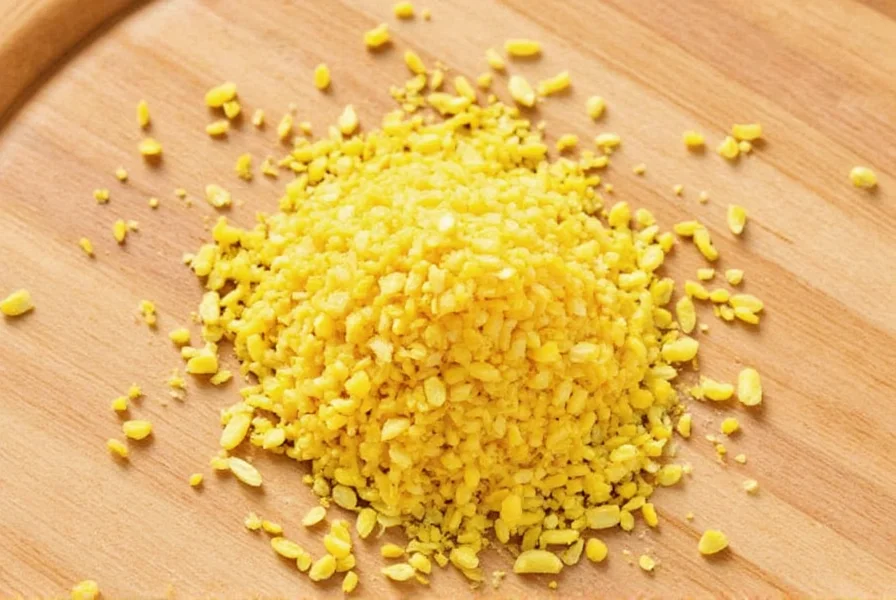

Cooking Techniques That Use Indian Food Spice
Indian food spice isn’t just about adding flavor at the end of cooking—it’s woven into every step of the process. Here are a few techniques that make the most of these powerful ingredients:
Tempering (Tadka)
Tempering is one of the most fundamental techniques in Indian cooking. It involves heating whole spices like cumin, mustard seeds, or fenugreek in oil or ghee to unlock their full aroma before adding them to a dish.
Marinating
Many Indian recipes involve marinating meat or vegetables with a blend of spices such as turmeric, coriander, and ginger. This not only infuses the food with flavor but also helps tenderize it.
Layering Flavors
Indian food spice is often layered throughout the cooking process. For example, you might start with sautéed onions and garlic, add ground spices like garam masala, then finish with fresh herbs and lemon juice for brightness.
Buying Guide for Indian Food Spice
If you're serious about using Indian food spice, it's worth investing in high-quality products. Here's a guide to help you choose the best options:
1. Whole vs. Ground Spices
Whole spices retain their flavor longer than ground versions. If possible, buy whole spices and grind them yourself when needed. However, if you’re short on time, look for freshly ground blends.
2. Brand Recommendations
- Birds Eye Garam Masala: A trusted brand known for its rich, balanced flavor. Ideal for home cooks who want convenience without compromising on quality.
- McKenzie’s Turmeric: A premium option with a vibrant color and strong aroma. Perfect for those who value authenticity.
- Saffola Cumin: A reliable choice with a consistent flavor profile. Great for everyday use in curries and rice dishes.
- Mehran Coriander: Known for its bright, citrusy notes. Excellent for chutneys and marinades.
3. When to Use Each Spice
Understanding the right time to add each spice can make all the difference. For example:
- Ground spices should be added early in the cooking process to allow their flavors to develop.
- Whole spices are usually tempered first and then added to the dish.
- Fresh herbs like cilantro or mint are typically added at the end for freshness.
The Indian food spice is not just a collection of ingredients—it's a cultural legacy that brings warmth, flavor, and tradition to every meal.
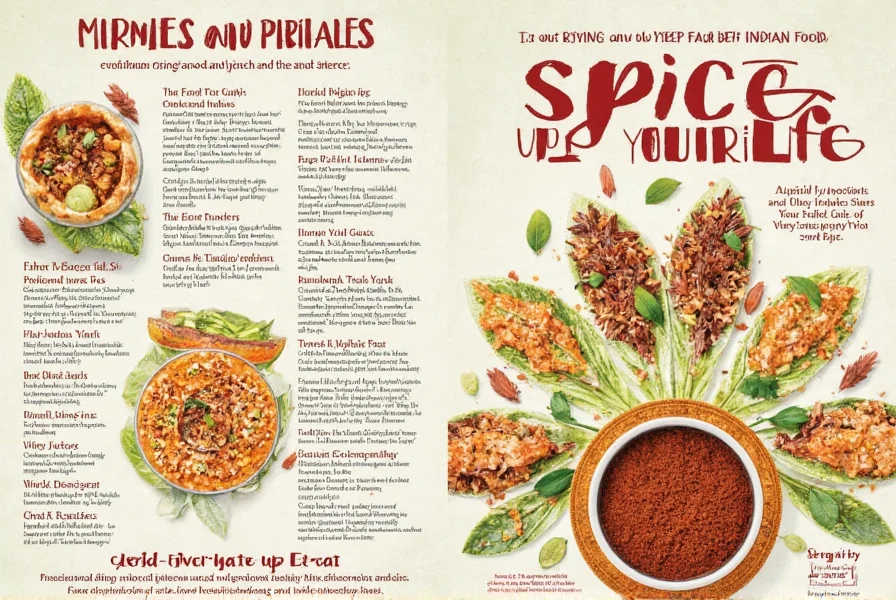
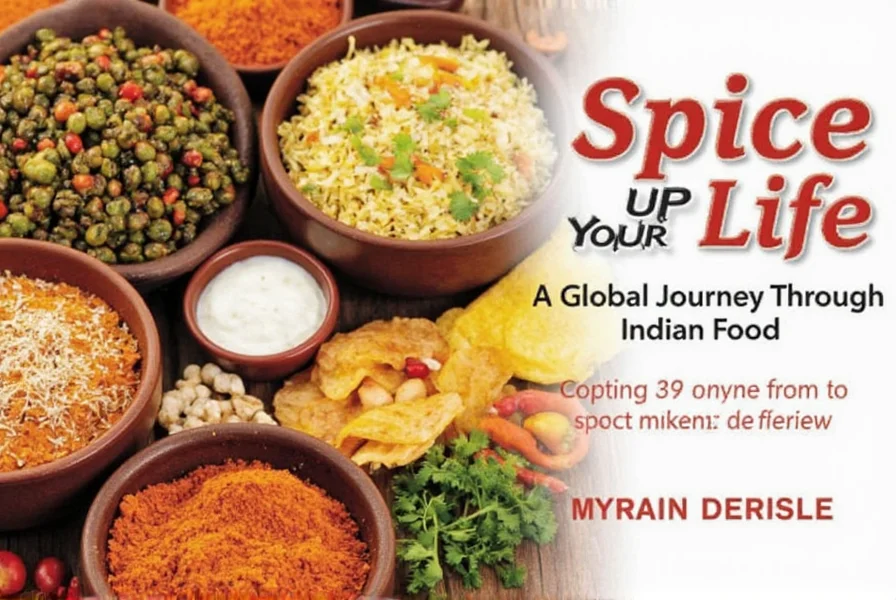
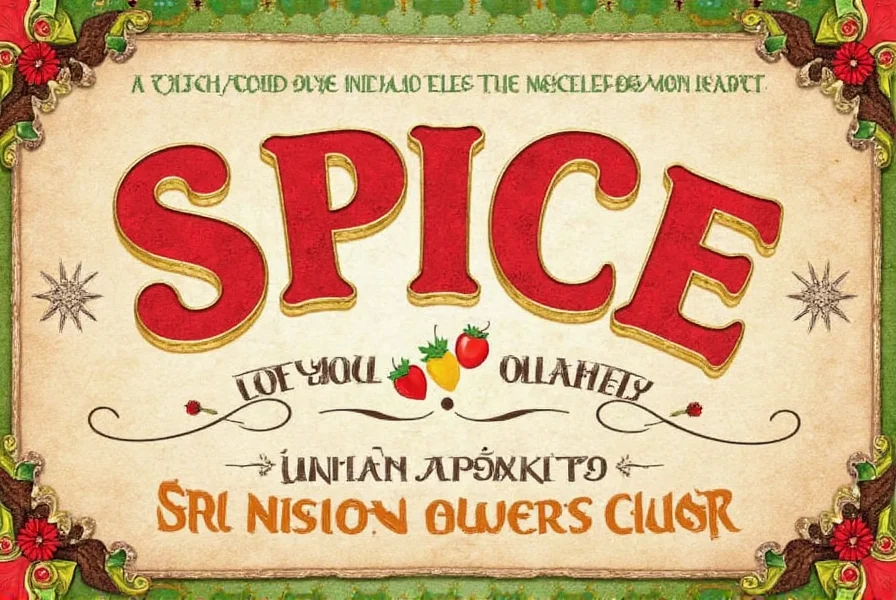
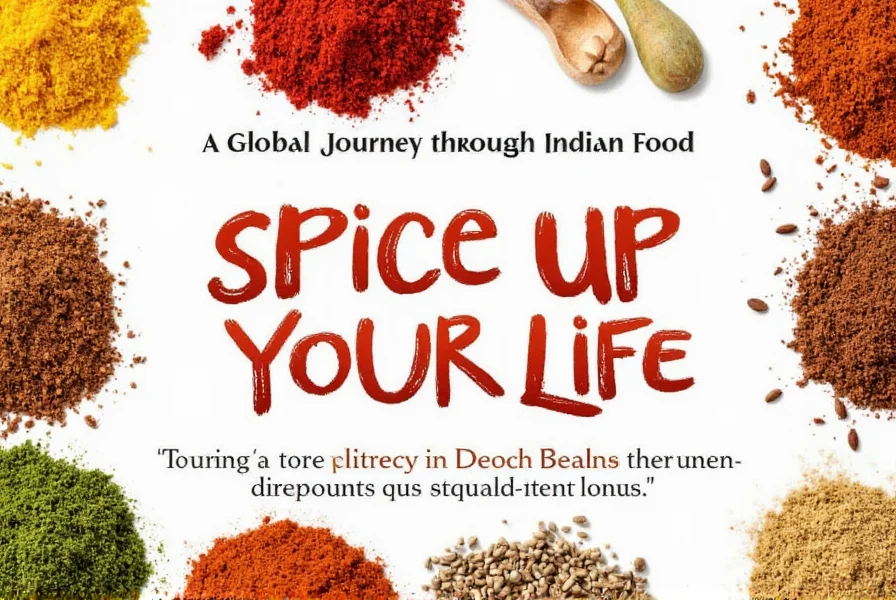
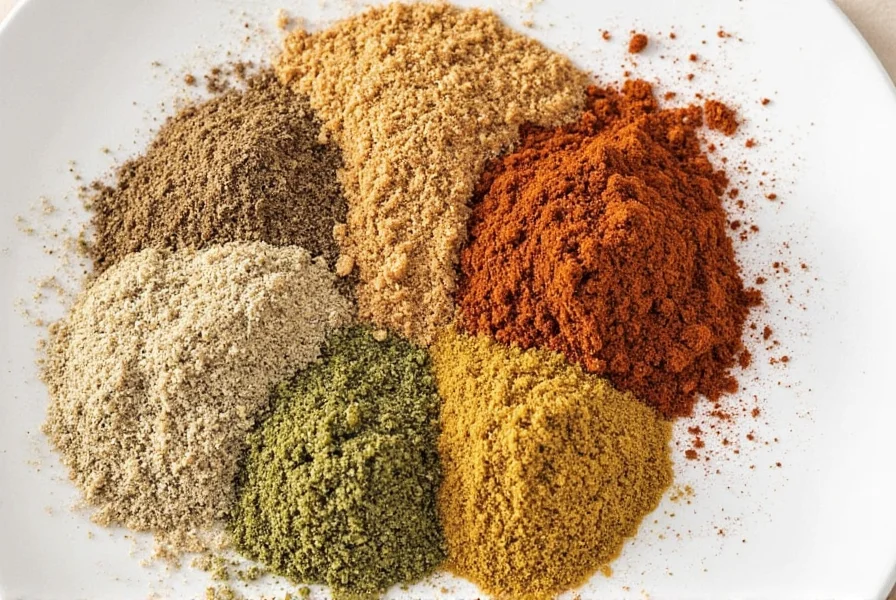
Conclusion
Exploring Indian food spice is like embarking on a flavorful journey through history, culture, and tradition. Whether you're experimenting with new recipes or perfecting your favorite dishes, understanding the role of these spices will elevate your cooking to the next level.
From the bold heat of chili to the gentle warmth of garam masala, each spice has a purpose and a story. So why not spice up your life today? Start by choosing the right spices, mastering the techniques, and enjoying the delicious results of your culinary adventure.

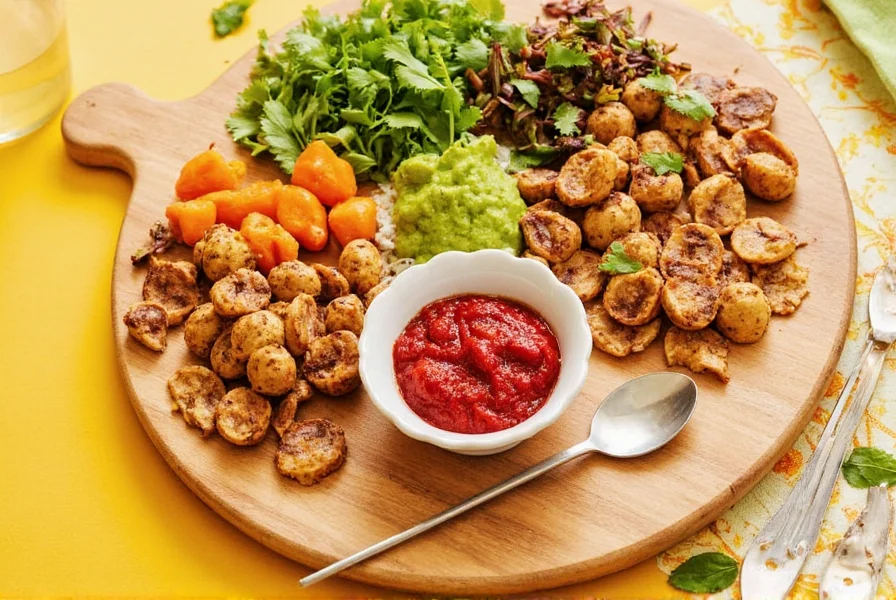









 浙公网安备
33010002000092号
浙公网安备
33010002000092号 浙B2-20120091-4
浙B2-20120091-4